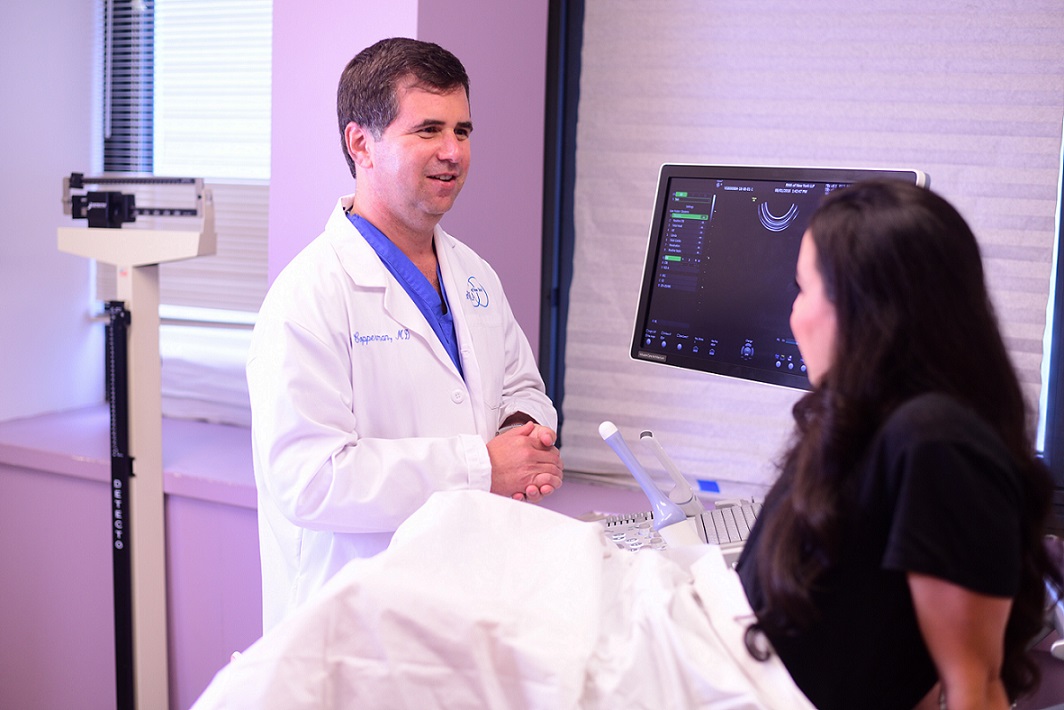What to Expect During a Reproductive Health Check

Infertility is not an uncommon disease. In fact, around 7.4 million women have received infertility services during their lifetime.* A variety of conditions, including ovulation disorders, uterine or cervical anomalies, fallopian tube damage, endometriosis, and PCOS can all be responsible for causing infertility. Additionally, lifestyle factors such as age, weight, alcohol, and tobacco can also have an effect on fertility. A reproductive health check is an easy way to get a better sense of your fertility status. Through this health check, you can understand the issues that may be preventing you from achieving pregnancy, address those issues with an appropriate treatment plan, and start building a family. So what should you expect during a reproductive health check?
Your physician will first conduct a thorough medical history to identify risk factors or behavior patterns that could significantly impact your fertility. A history will include a complete medical and surgical history and a review of medications, allergies, and lifestyle exposures. You will also need to complete a physical exam.
Next, your physician will want to perform a blood test to assess levels of specific hormones in your body that measure your ovarian reserve, or the quantity and quality of eggs present in your ovaries. Your physician will check the following hormones: anti-Mullerian hormone (AMH), follicle-stimulating hormone (FSH), luteinizing hormone (LH), and estradiol (E2).
To better evaluate ovarian reserve, your physician may want to perform an internal ultrasound to visualize your uterus and ovaries. Using this test, your physician can count your ovarian follicles and diagnose any ovarian cysts or uterine anomalies, such as fibroids or polyps, that may be impacting your ability to become pregnant.
You will undergo these first three procedures during a typical initial consultation with a reproductive endocrinologist. There are, however, several other tests your physician may want to conduct in order to further evaluate your fertility status. A hysterosalpingogram (HSG), for example, can reveal blockages in your fallopian tubes and uterine anomalies. During this procedure, dye is injected through the cervix and the uterus is visualized using an x-ray.
If you have a male partner, it is recommended that he simultaneously undergo fertility testing. Approximately one third of all infertility cases are due to male fertility factors so it is important that your partner check his sperm quality and own general health. Typically, male fertility testing consists of a history and physical exam, semen analysis, and hormone blood testing.
Knowing what to expect during a reproductive health check, helps you feel more in control of your fertility journey. Consider having a reproductive health check if you are under 35 years old and have been trying to conceive for a year or are over 35 and have been trying for 6 months. If a fertility issue is present, the series of tests your physician will conduct will help diagnose and treat it and you can start the process of creating a family.
